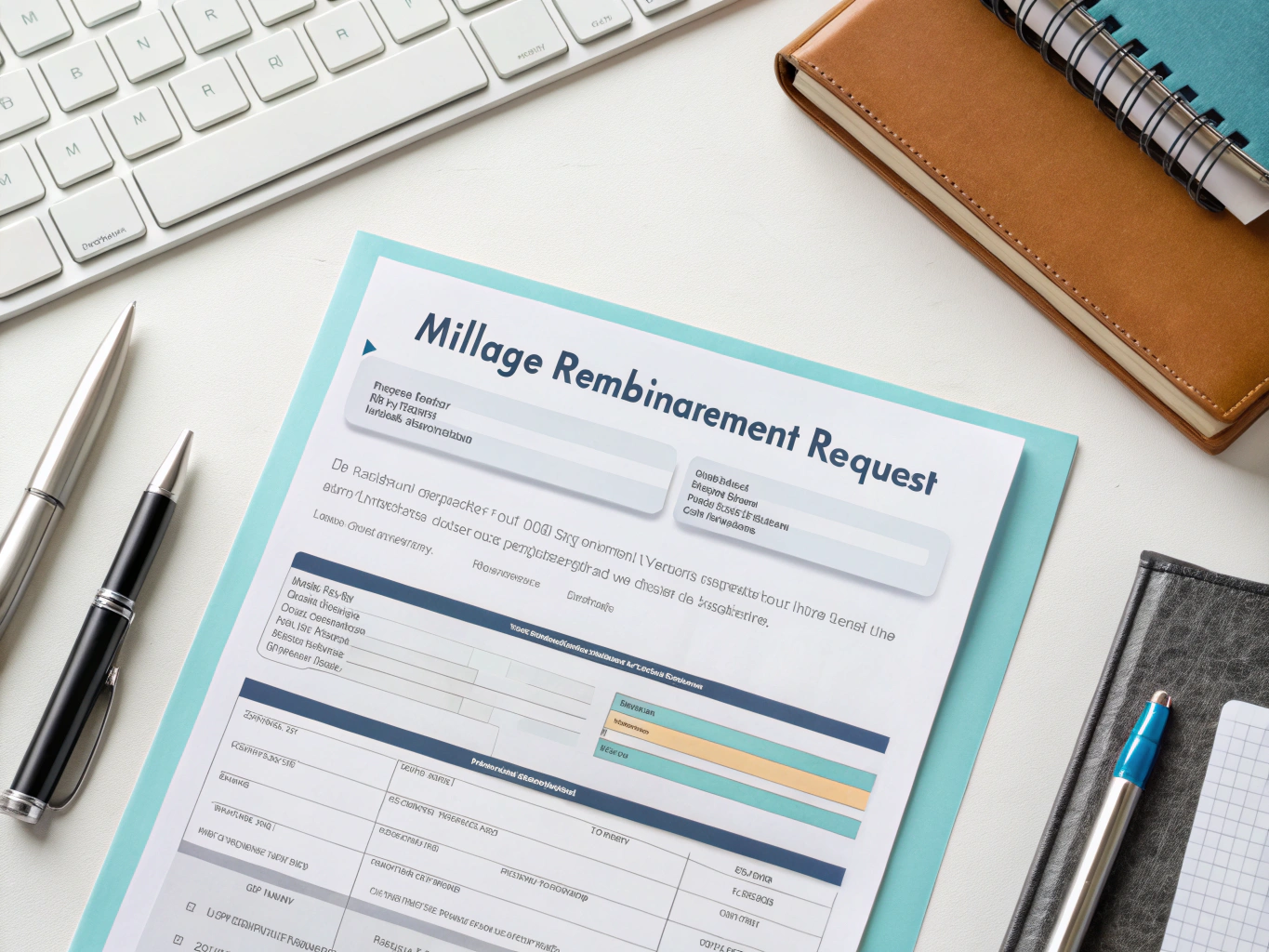What is an Employee Survey Satisfaction HR Department?
This Employee Survey Satisfaction form is a structured tool designed to collect feedback from employees regarding their experiences and satisfaction with the Human Resources (HR) department. It is utilized in HR processes to gauge employee perceptions, identify areas for improvement, and enhance the overall effectiveness of HR services. Conducting this survey is essential for fostering a positive work environment and ensuring that employees feel heard and supported.
Template
Below is a template you can customize for your organization’s needs:
Purpose and Benefits
The primary purpose of the Employee Survey Satisfaction form is to gather insights from employees about their experiences with the HR department. This feedback serves as a foundation for continuous improvement and helps HR align its services with employee needs. Here are some practical benefits:
- Identifies Strengths and Weaknesses: You can pinpoint what HR is doing well and what needs enhancement.
- Enhances Employee Engagement: When employees see their feedback is valued, it boosts their morale and commitment.
- Promotes Open Communication: Regular surveys create a culture where employees feel comfortable voicing their opinions.
- Drives Actionable Change: The data collected can lead to specific improvements in HR policies and practices.
Essential Components
A well-structured survey should include the following key components:
- Clear Instructions: Provide guidance on how to complete the survey to ensure maximum participation.
- Variety of Question Types: Use a mix of rating scales, multiple choice, and open-ended questions to capture comprehensive feedback.
- Confidentiality Assurance: Make it clear that responses will remain anonymous to encourage honest feedback.
- Demographic Questions: Optional demographic information can help analyze feedback trends based on different employee groups.
How to Use This Form
Implementing the Employee Survey Satisfaction form effectively involves several key steps:
- Choose the Right Timing: Conduct the survey at regular intervals (e.g., annually or biannually) to capture ongoing sentiments.
- Communicate Purpose: Clearly explain the survey’s purpose to employees, emphasizing the importance of their input.
- Analyze Results: After collecting responses, analyze the data to identify trends and areas for improvement.
- Take Action: Share findings with employees and outline the steps HR will take to address any issues raised.
Legal and Compliance Considerations
When conducting employee surveys, it’s crucial to consider legal aspects such as confidentiality, data protection, and compliance with labor regulations. Ensure that the survey complies with privacy laws and that all data collected is stored securely and used responsibly.
Best Practices
To maximize the effectiveness of the Employee Survey Satisfaction form, consider these best practices:
- Keep it Concise: Limit the number of questions to encourage completion while still gathering essential feedback.
- Follow Up: After the survey, communicate how the feedback will influence HR practices and initiatives.
- Encourage Participation: Use incentives or reminders to boost response rates and ensure diverse feedback.




